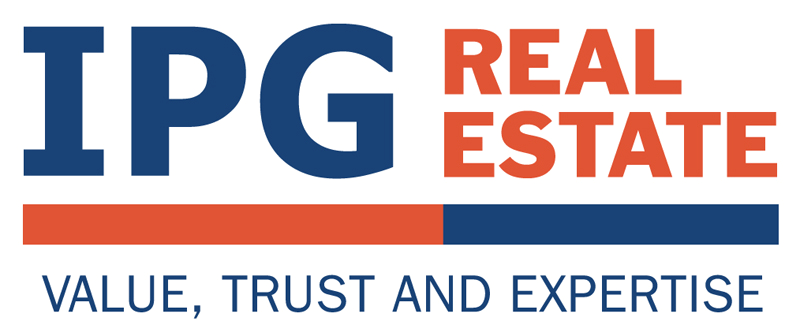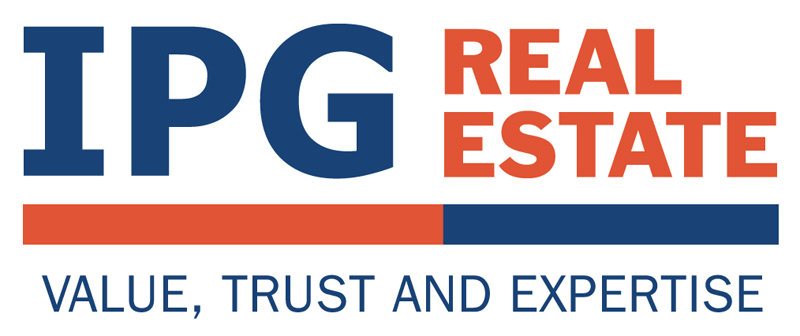Qualifying ratios are financial ratios used by mortgage lenders to qualify a potential home-buyer for a mortgage loan. They are essentially debt-to-income ratios that tell the lender that the creditor is capable of paying for the mortgage. There are two types of qualifying ratios: front-end ratios and back-end ratios. The front-end ratio is a ratio of the mortgage payment,including insurance, taxes and PMI, if applicable, to the borrower’s gross income. The back-end ratio is a ratio of the mortgage payment and other liabilities, such as credit card payments, auto loans and personal loans, to the borrower’s gross income. Accordingly, the back-end ratio is usually a larger number for most borrowers. Mortgage lenders will calculate both a front-end ratio and a back-end ratio for qualification purposes. Typically, the required standard is a front-end ratio of 28 and a back-end ratio of 36 (terms are stated as 28/36). A borrower who falls under these guidelines will most likely be considered to have satisfied the income requirements for the mortgage.

